#Photochemistry
Explore tagged Tumblr posts
Text

Photochemical method enhances luminescence in gold nanoprobes for bio-imaging
Chinese scientists have recently developed a facile photochemical route for the preparation of gold nanoparticles with excellent luminescence properties. Gold nanoparticles (AuNPs) are noble metal nanomaterials with unique physicochemical properties, easy functional modification and superior biocompatibility. They have been widely utilized in bio-sensing, bio-imaging, disease diagnosis, and cancer treatment. Luminescent gold nanoparticles (L-AuNPs) larger than 2 nm have excellent performance and are of great value in biomedical imaging. However, their synthesis is mainly based on the thermal reduction method, which is complicated and labor-intensive, and severely limits their applications.
Read more.
10 notes
·
View notes
Text
Chemical Meadows is an experimental documentary linking water chemistry and photochemistry in the post-industrial wilds of the New Jersey Meadowlands. Much of this footage was washed in the actual waterways filmed, revealing decades of chemical contamination in speckles of anomalous light and corroded emulsion.
#chemicalmeadows#16mm#waterqualities#meadowlands#trailer#anthropocene#landscapefilm#ecology#environment#photochemistry#motion
4 notes
·
View notes
Text











Some other days...
"Three shadows remembering light" 2023 as part of the group show in and out of time curated by Ekow Eshun, Gallery 1957.
Production assistance from Nicholas Kwame Ansah, Yaw Donkor and Jibril Salifu
Design and Construction with Gershon Gidisu
📸 by yours truly
Featuring
Godfried Donkor
Priscilla kennedy
Zanele Muholi
Yaw Owusu
Lyle Ashtonn Harris
Serge Attukwei Clottey
Gideon Appah
Amoako Boafo
Kwesi Botchway
Tiffane Delune
Timothy Arthur
Todd Gray
Kenturah Davis
Juliann Knxx
Shiraz Bayjoo &
Tunji Adeniyi-Jones
#photography#photochemistry#plant pigments#plant dyes#arborgrams#photograms#eric gyamfi#cyclical times
7 notes
·
View notes
Text
Irradiation at 300 nm converts the trans cinnamide side chain of structure 2 to the cis isomer of structure 3, while the reverse process occurs at 254 nm.
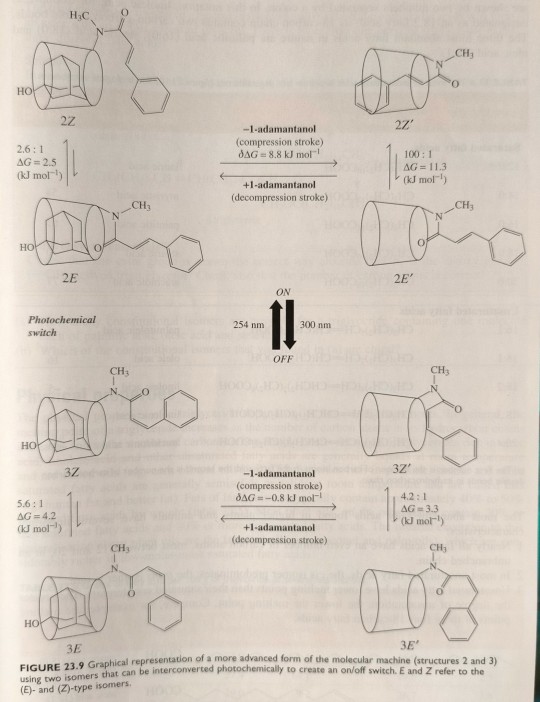
In this case, however, the orientation of the cis double bond prevents the side chain inserting into the cavity and so in that mode the machine is turned off. By contrast, the trans alkene moiety does allow insertion, and so in this mode the machine is turned on. (...) The photoisomerisation of the trans cinnamide side chain of structure 2 and the cis isomer of structure 3 provides the machine with an on/off switch.
"Chemistry" 2e - Blackman, A., Bottle, S., Schmid, S., Mocerino, M., Wille, U.
#book quote#chemistry#nonfiction#textbook#irradiation#trans#cinnamide#isomer#on off#double bond#alkene#moiety#insertion#nanotechnology#machine#photochemistry#uv light#ultraviolet light
3 notes
·
View notes
Text
Yay photochemistry

3 notes
·
View notes
Text
The first of its decomposition is a photochemical process that requires energetic radiation having wavelengths at the lower end of the UV-A and in the UV-B regions of the spectrum.

"Environmental Chemistry: A Global Perspective", 4e - Gary W. VanLoon & Stephen J. Duffy
#book quote#environmental chemistry#nonfiction#textbook#formaldehyde#photochemistry#decomposition#energetic#radiation#uv light#uv radiation#uva#uvb
0 notes
Text
A summary of the reactions that we have been discussing is given in Fig. 4.3.

"Environmental Chemistry: A Global Perspective", 4e - Gary W. VanLoon & Stephen J. Duffy
0 notes
Photo
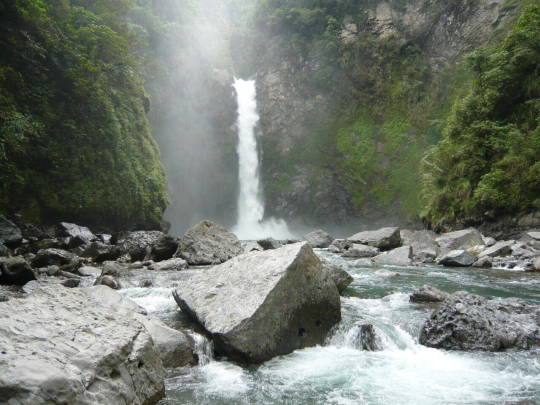
#photochemistry
0 notes
Note
Lumens are a measure of the intensity (brightness) of the light independent of color, though can also be an important consideration in this type of photography. The common scale of the "temperature" of the light is given in Kelvins which is what is described by 5000 k being neutral white. This is not necessarily the wavelength because white lights are going to have a mixture of many wavelengths, but more yellow tinted lights will have more of the long wavelengths and more blue tinted lights will have more of the short wavelengths etc. (This is why the type of lights used in art museums is extremely important because the wrong wavelengths can degrade the pigments in the art)
How do you get such good photos of your paintings? I’m also a painter (though I use acrylics) and I can never get good photos of my paintings.
Howdy! I'm pretty new to photography myself [I got real into drawing in order to avoid learning how to use technologies and imagine the cruel irony of my life depending on the camera and the computer], BUT I can share what I personally do and some resources I've found useful under the cut. I wish you luck with your acrylic paintings!
OK first of all, I have a shop light installed in my studio. The light quality is 5000 Lumens. Lumens are the units of measurement for light wavelengths and 5000 lumens is the light that is balanced to have the same light temperature as sunlight, also called balanced white light. [lower than 5000 lumens will be yellow and orange light, higher than 5000 lumens will be blue and violet light]. Fabric stores use lights like this so that people can see what fabrics will look like under sunlight. I have this one, but you can use any light of the correct wavelenth, they come in different sizes as well.
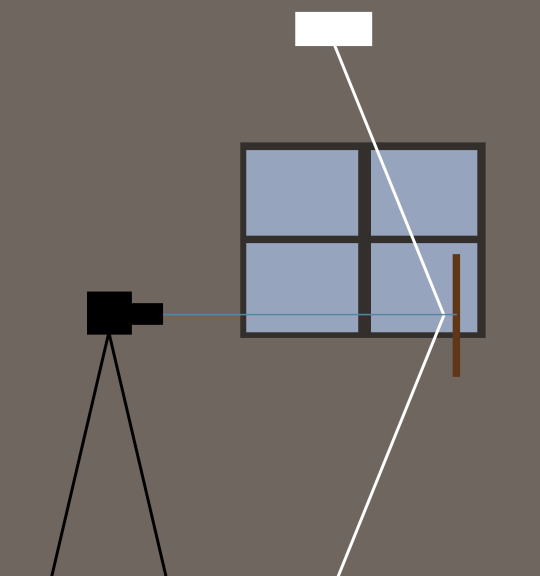
Here is a diagram of the approximate angle and position of the shop light, painting, window, and camera with tripod.
the SHOP LIGHT is slightly in front of the face of the canvas, to reduce the shine or Glare from the paint surface.
the CANVAS is held VERTICALLY by your easel.
the WINDOW has mild indirect light, you can cover it with a white curtain if the light is too strong.
the CAMERA WITH TRIPOD is pointing toward the center of your painting at a perpendicular angle.
Camera settings: M for Manual Mode. Save the photos in RAW format [.nef files]. And try it out. As with all things you'll do a bad job until you start doing a good job so you might as well start getting the bad jobs out of the way. Take photos and adjust your setup according to the different photo qualities you capture.
THEN: Upload your RAW .nef files to your computer into Adobe's Lightroom software which you have definitely paid for in full instead of downloading. Make sure not to speak to anyone you know who you suspect of being a competent software thief.

Click the WB [White Balance] EYEDROPPER tool to pick it up, and click on something white in your photo. It will change aspects of the photo. Click on different white spots until you find one most similar to your painting. Then screw around with the rest of the settings below that until your photo looks as much as possible like your original. Then go to FILE>EXPORT and export the photo [.PNG if you're posting it online, .JPEG if you are printing it].
That's what I do anyway. I know lots of people have smartphones with pretty good cameras but I dont personally [my beloved samsung S6 cant take pictures worth a damn so I dont bother with it] so here are some resources written by people who know more and are more experienced than me:
DMP Painting Photography Guide
DMP Studio Photography Video
DMP How to Photograph Paintings with a Cell Phone
iPhone Photography: Documenting your 2D Art on a Budget
In general, I'd recommend looking around and watching videos and reading photography guides from artists who work in the style and medium that you do, because they will often have techniques and processes that apply specifically to their medium. Dont be afraid to screw around a bit, experimenting is the best way to get an understanding!
#im not trying to be a smartass i swear#just a little input from a chemist who works a lot with photochemistry
121 notes
·
View notes
Text
This reminds me that I have to answer @wintercorrybriea’s ask which was brilliant and very perceptive, linking Vincent in Collateral to a destructive instrument of light in the post-industrial network of global cities whose neon frontier has eroded at the very boundary between Day and Night, Form and Content. If there is no longer a shadow in which to retreat, one can stay hidden only by continuing to move; if the only binding text is the black market contract, illumination (interpretation) is achieved not by exegesis so much as imposed via laser sight. Mann loves symbolically fulminating on the immobility of people relative to the the limitless playgrounds of capital that have, by way of this Faustian market transaction, imprisoned them. And how better to represent that visually than with the digital medium and the intrinsic irony of its capture, sharpening the suffusions and diffusions of photochemistry into binary data points, the perennial glow of LA’s headlights and sodium lamps into a series of ones and zeroes.
#this is why people who say collateral looks ugly because it’s digital are stupid! anyway#collateral 2004#michael mann
35 notes
·
View notes
Text

Scientists develop new molecular system made from abundant element manganese for photooxidation
Highly reducing or oxidizing photocatalysts are a fundamental challenge in photochemistry. Only a few transition metal complexes with Earth-abundant metal ions have so far advanced to excited state oxidants, including chromium, iron, and cobalt. All these photocatalysts require high energy light for excitation and their oxidizing power has not yet been fully exploited. Furthermore, precious and hence expensive metals are the decisive ingredients in most cases. A team of researchers headed by Professor Katja Heinze of Johannes Gutenberg University Mainz (JGU) has now developed a new molecular system based on the element manganese. Manganese, as opposed to precious metals, is the third most abundant metal after iron and titanium and hence widely available and very cheap. The study is published in the journal Nature Chemistry.
Read more.
11 notes
·
View notes
Text
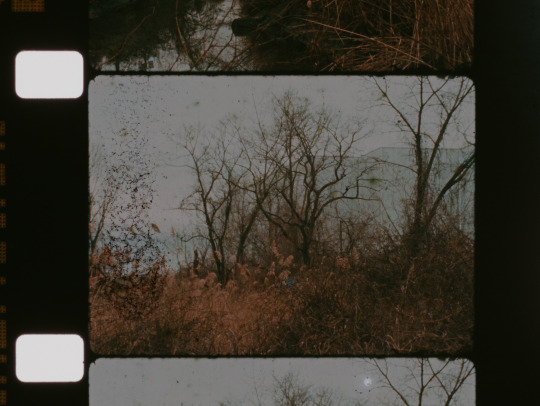
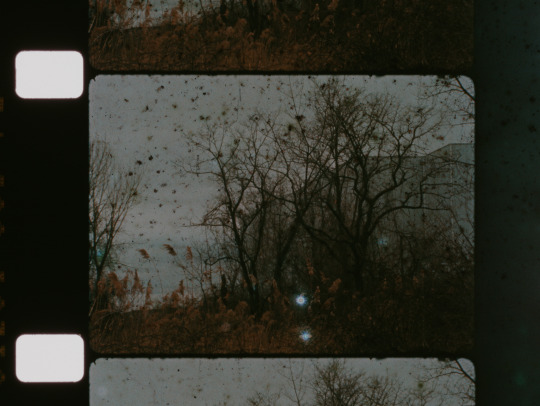

Moonachie of the Meadows, Ventron/Velsicol vicinity.
#VentronVelsicol#16mm#ektochrome#hand-processed#photochemistry#anthropocene#chemicalmeadows#meadowlands#superfund#waterqualities#warehouse#industrialpark#film#stills
6 notes
·
View notes
Text
"4K is sufficiently above the innate resolution of the photochemistry of that period. Are we going to do 8K? 12K? You're going to see the grain more clearly. I think this is it, so we wanted to do it and do it right, and that's taken some time."
-James Cameron
I thought, "Finally, all of the home theater nerds will hear it from the ultimate source and finally stop all of this nonsense about getting higher and higher Ks and how film is "12K" and "IMAX is 18K". We can just focus on other aspects of image quality that are more important than how many pixels something has."
And... here is the first comment under the quote...
"Well there you go. Cameron thinks 4K maxes out film stock resolution. Pretty sure that’s not true though."
C'mon dudes.
When was the last time you were watching a movie and thought, "This experience would be much more immersive if that tree branch off in the far distance had slightly more detail."?
51 notes
·
View notes
Note
I saw your post about tell me what time it is and what youre thinking abt. No idea if that meant asks or not. But anyways
It's only noon and I'm fuckijg tired. Thinking abt dropping out. Thinking abt quitting so much rn. Thinking abt getting a GED and getting the fuck out of this school. I'm so tired. I don't give a shit about my grades why does everyone else. I literally just need to pass I'm going to art school? I don't need to get anything above a 75% in my classes in my own personal opinion. I wouldn't be considering dropping out if the week of school I missed didn't fuck up my entire term. I don't give a fuck about high school okay I'm young I get that but I am fully capable of making my own decisions and suffering the consequences. Being my age is about learning from your mistakes and being able to absorb that info its not about making perfect choices and doing everything just right for your 30-year old self. I'm so tired of school pushing the narrative that you need to make all your major life decisions right now and they Cannot Be Wrong how Dare you be Unsure about your Massive Life Choices.
If you follow my blog then you know that I permanently feel weary and 100% done with everything so I can relate to your message. Your words tell me that you feel overwhelmed and frustrated with high school. Yeah, high school is a total drag but at the risk of alienating you, I would strongly encourage you to persist and ultimately, graduate. I think education is the ultimate investment in yourself; one, no one can take away from you.
I have several degrees and all of them have involved suffering through pointless courses.
In high school, I spent a year of my life learning about the succession of a sand dune in biology. I'm a hit at beach parties.
In my undergrad in chemistry, I had to take a philosophy course where we spent four fucking months proving that a table was a chair. Every lecture, I fervently longed for the grave.
In grad school for chemistry, I had to take a photochemistry course where I learned about bilirubin in excruciating detail. I was an inorganic chemist and didn't give a shit about babies turning yellow.
But nothing will ever top the pointlessness of a course during my MLIS degree (ie. library school) where I spent four miserable months studying the implicit and tacit knowledge processes in the movie, Working Girl. Solidified millennial lust for death as my core personality.
During my data science program, I spent four months studying quality function deployment, a management technique that originated in a 1970s Japanese shipyard site. I can't even make this up.
I didn't provide these random examples to say, I suffered and so should you. More, I understand how meaningless education can seem at the time but you've got this! And as trite as this sounds, I took a skill, a process, or way of thinking from every course listed above. I can't express how irritated I was when I sketched out a house of quality (part of quality function deployment) before I created a prompt design course last year. XD
Perhaps my mutuals will add some words of encouragement to this post.
17 notes
·
View notes
Text

Save the date for Museum Day on Sat. Mar. 2! Grab your lab coat and goggles for a thrilling CSL Science Fair featuring photochemistry, political science, space, botany, and more! 🚀 Find out more at SacMuseums.org/freemuseum. The fun begins at 10 am at the 914 Capitol Mall Library.
7 notes
·
View notes
Text
From this complex series of thermal and photochemical reactions it is seen that a number of chemicals would be expected to be present at elevated atmospheric concentrations during a photochemical smog event.
"Environmental Chemistry: A Global Perspective", 4e - Gary W. VanLoon & Stephen J. Duffy
#book quote#environmental chemistry#nonfiction#textbook#complex#chemical reactions#thermal reaction#photochemical reaction#thermochemistry#photochemistry#atmosphere#smog
1 note
·
View note